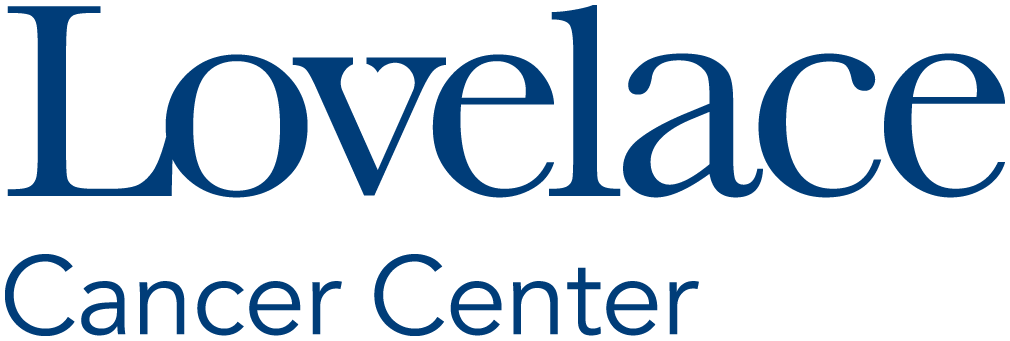If you schedule a mammogram at Lovelace Women’s Hospital Breast Care Center, did you know that you are scheduling a 3 dimensional (3D) mammogram? 3D mammography allows our specialists to detect smaller and earlier cancers, which in turn helps lead to better outcomes. Dr. Timothy Erwin, a radiologist at Lovelace Women’s Hospital, answers your 3D mammography questions in the interview below.
What is the difference between a 2D and 3D mammogram?
A 2D mammogram acquires two images of each breast: one image from the top looking down and the other looking from the side. A 3D mammogram takes a number of images of the breast in small slices, so the image when read is scrollable. It’s a more in-depth look at the breast. It’s the equivalent to a 3D popup book versus a 2D book.
What are the benefits of a 3D mammogram?
3D mammography has an increased sensitivity, especially for small breast cancers. 3D mammography allows us to see smaller cancers in patients, especially women with dense breast tissues.
A part of 3D mammography is acquiring a 2D image set as well. There have been a number of cases where I look at the 2D image and I don’t see anything, but when I go to the 3D image, I see something that ultimately has turned out to be cancer.
What can I expect when I go in for my 3D mammogram?
Your experience will be very similar to a traditional mammogram and will take about 10 minutes to complete. The patient will check in at the Lovelace Women’s Hospital Breast Care Center front desk and one of the mammography techs will call her back and take her into the exam room. The patient is then positioned on the machine. The machine looks like a standard 2D mammogram, except the tube that acquires the image rotates in a 30 degree arc over the patient’s breast. From a patient’s perspective, there is nothing different than a traditional mammogram and is typically quick and easy. We work to make the patient as comfortable as possible.
What age should women get a mammogram?
We follow the recommendations of the American College of Radiology and the Society of Breast Imaging, which have not changed. For the general population, we recommend women should start screening at 40 years of age and have yearly mammograms. If she is high risk, has a genetic mutation or an immediate relative had breast cancer before the age of 50, then the recommendations would be for her to start sooner. If you have questions about how often you should get your mammogram, please discuss it with your doctor.
Click here to learn more about Lovelace’s 3D mammography. Call 505.727.8966 today to schedule your 3D mammogram appointment.



